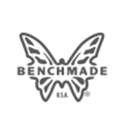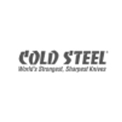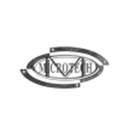Folding Utility Knife Lock Types: A Guide
25th Nov 2024
Like blade profile and blade steel, the lock of your folding utility knife is going to impact its utility (no pun intended) considerably.
Folding knife lock types vary quite a bit not only in terms of operation, but in terms of ergonomics, safety, strength, ease of use, and whether or not they favor a right or left-handed user, among other things.
This short guide will break down the major folding knife lock types along with their relative strengths and weaknesses.
Liner Lock
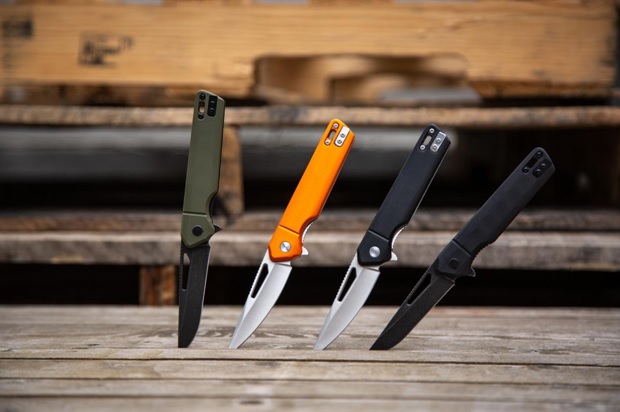
The liner lock is arguably the most common folding utility knife lock type. As the blade opens, a piece of spring steel under tension (part of the liner) springs in under the open blade, butting against the tang of the blade, locking it into the open position.
Advantages of liner locks:
- They are very cost-effective to produce
- They can be engaged and disengaged with one hand
- They are intuitive to use
- Basically no moving lock parts means that the lock will last the life of the knife
Disadvantages of liner locks:
- Not particularly strong
- Lock can accidentally disengage when twisting the knife
- To close the knife your fingers must be placed in the path of the blade
- Generally favors a right handed user
Frame Lock
A frame lock is basically identical to a liner lock except that the spring steel is part of the knife’s frame instead of a separate component of the liner. Hence most of the advantages and disadvantages are shared.
Advantages of frame locks:
- Frame locks are slightly stronger than liner locks
- They can be engaged and disengaged with one hand
- They’re even more intuitive than liner locks
- Basically no moving parts results in very long lock lifespan
Disadvantages of frame locks:
- The lock can accidentally disengage when twisting the knife
- You must put your fingers in the path of the blade when closing the knife
- Generally favors a right handed user
Lock Back
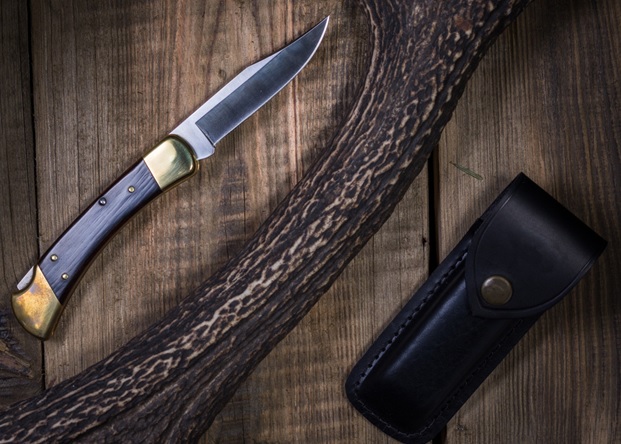
Lock backs are among the oldest folding utility knife locks; perhaps the most famous instance of lock back use is in the Buck Knife Company 110 Folding Hunter (pictured above). The lock back features a notch in the knife spine, and a pivoting arm; when you open the knife, the arm opens, then snaps into place in the notch in the knife spine. To disengage, the lock’s exposed portion must be depressed.
Advantages of lock backs:
- Classic, simple, and easy to use
- Fairly strong, one of the more durable folding knife lock types
- Knife locks automatically when the blade is opened fully
- Unlikely to unintentionally disengage
- Closing the knife does not require you to put your fingers in the path of the blade
- Does not favor a right or left handed user
Disadvantages of lock backs:
- Two hands are required to disengage the lock
AXIS Lock (Bar Lock)
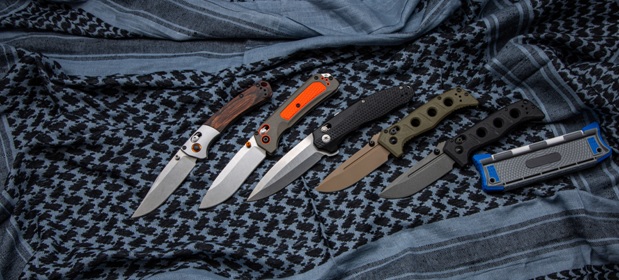
The AXIS lock is so-called because Benchmade pioneered it and called it by that name. The generic name for AXIS locks is bar lock, though other manufacturers call them by other names, such as crossbar, clutch, and Dura locks. In the bar lock configuration, an Omega-shaped spring holds a bar against a notch in the knife spine. Moving the bar rearward compresses the spring, along the blade to be swung open or closed.
Advantages of bar locks:
- Extremely strong, probably the strongest folding knife lock on the market
- Almost no chance of the lock unintentionally disengaging
- Can be opened and closed with one hand
- The blade can be closed without putting your fingers in the blade path
- Does not favor a right or left handed user
Disadvantages of bar locks:
- Knives with bar locks tend to be slightly pricier than alternatives
- If the Omega spring fatigues, the lock will cease to work properly
Button Lock
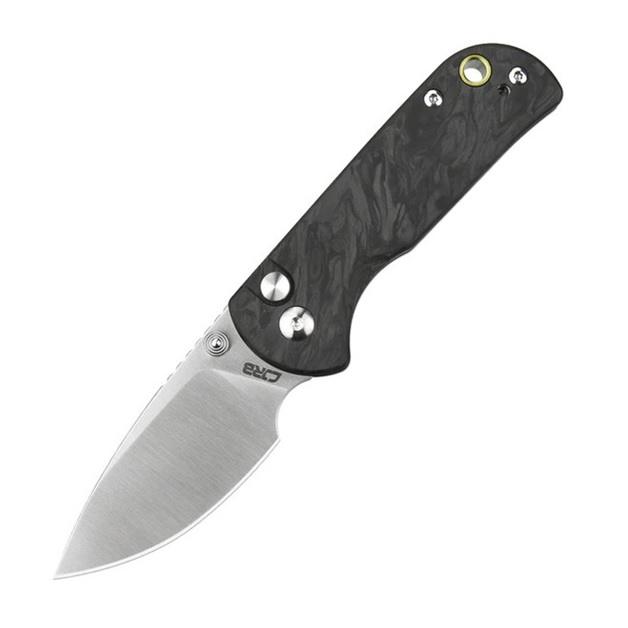
While the internal workings of a button lock can vary, they all require a user to compress or decompress a button to disengage the lock. Some button locks can lock the blade closed as well as opened.
Advantages of button locks:
- Very simple and intuitive to operate
- Depending on internal mechanics, they can be very strong
- Can be operated one-handed
- Does not require the user to put his or her fingers in the blade’s path when closing
- Very fidget friendly
Disadvantages of button locks:
- Can be unintentionally disengaged if button is compressed accidentally during use
- Button lock knives tend to be expensive
- Generally favors a right handed user
Compression Lock
Pioneered by Spyderco, Compression locks are basically a liner lock, but the tensioned bar sits at the back of the knife instead of at the front. They are also somewhat stronger than liner locks. Operation is otherwise the same, except at the back of the knife.
Advantages of Compression locks:
- Can be opened and closed one handed
- Fairly strong, somewhat stronger than liner locks
- Lower chance of the lock disengaging unintentionally
Disadvantages of Compression locks:
- Less common and therefore less intuitive to use
- Compression lock knives tend to be fairly expensive
Ring Lock
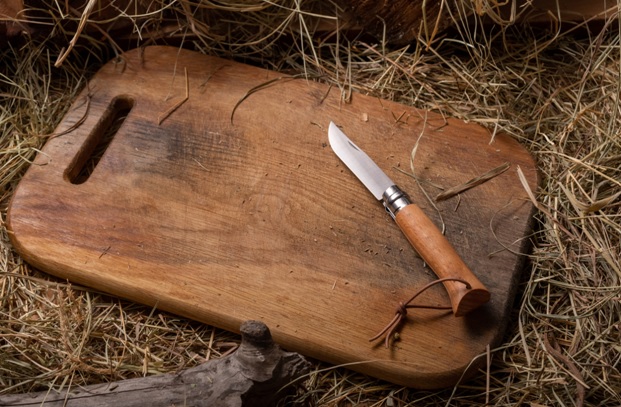
Ring lock knives, also known as collar lock knives, have a ring of steel around the handle where the pivot mechanism is that must be manually rotated to lock the knife in the open or closed position. They are fairly uncommon but routinely encountered on Opinel knives.
Advantages of ring locks:
- Very intuitive to use
- The ring lock can be used to lock the blade open or closed
- In areas with lock restrictions, the lock can be removed, converting the knife into a friction folder
- Affordable to produce so generally knives with this lock type are not expensive
Disadvantages of ring locks:
- Not very strong, probably the weakest folding utility knife lock type
- Requires two hands to engage and disengage
A Note on Slip Joint Folders
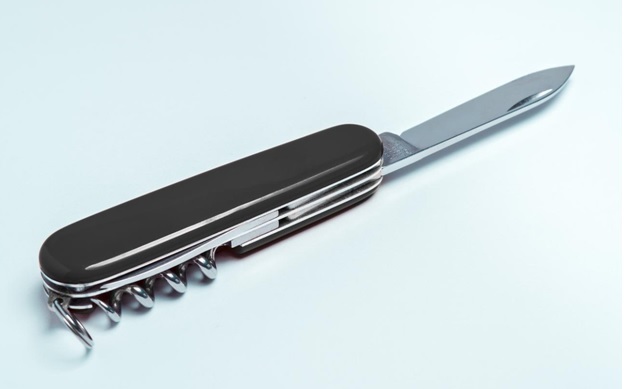
In addition to the lock types mentioned here, some knives are made with slip joints, which is not a lock type. A slip joint is basically a spring bar that holds the knife blade open or closed under tension.
Slip joints are common on traditional pattern pocket knives, such as those produced by Case and Rough Rider Knives. They are also common among Victorinox Swiss Army Knives
Your Next Folding Utility Knife Is Here
Looking for a new folding utility knife for your collection? Take a look at what we have in stock and if you’re looking for a specific brand or model, get in touch with us at WhiteMountainKnives@gmail.com and we will see if we can find it for you.


